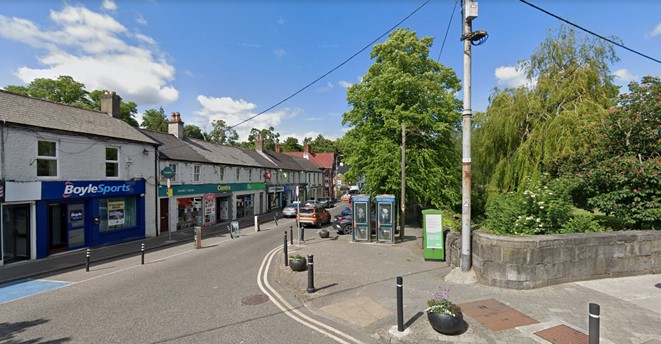Remembering Little John
Dublin People 07 Aug 2015
THE celebrated English folk hero Robin Hood and the legendary exploits of his outlawed band of Merry Men are well known in Ireland.
Less well known, however, are the adventures of his second in command, Little John of Sherwood Forest, who legend has it, in later years, became prominently associated with Dublin.
While debate about the historical accuracy or even existence of this rebel band continues, folklore records that Robin Hood, Little John and their outlawed comrades became heroes in 12th century England for their campaign of ‘robbing from the rich and giving to the poor’.
In these legends, Little John is described as a giant of a man, standing seven feet tall, whose real name may have been John Little.
We are told that he was given the nickname ‘Little John’ by Robin Hood, who appreciated the irony of his name.
Little John is described as an intelligent and cunning man. He was Robin’s closest friend and most loyal lieutenant and as a fighter, he was highly skilled in combat, particularly with the quarterstave and the group’s trade mark bow and arrow.
Little John was the only one of the Merry Men present at the death of Robin Hood, and subsequently became leader of the group.
In Dublin, there is a very old and long forgotten legend that claims that as the authorities began to close in on their base in Sherwood Forest, Little John and some of his comrades sought refuge in Ireland, to escape the certain execution that awaited them if captured.
The Merry Men are said to have arrived some time in 1188 and lived in the woods and caves that then stood close to Arbour Hill.
Shortly after their arrival, word spread of Little John’s skill as an archer.
The gigantic English rebel was asked to demonstrate his abilities for the entertainment of the people of Dublin. Little John readily agreed, and an archery exhibition was organised.
On the day of the exhibition, Little John stood on the southside of the ‘Old Bridge of Dublin’, now called Father Matthew Bridge and fired his arrow.
He didn’t disappoint as versions of the story tell us that his arrow landed either at St Michan’s Church or hit the centre on a target positioned at the ‘hillock of Oxmantown Green’.
Both sites are in roughly the same area and wherever the arrow landed, it was a remarkable demonstration of skill, even by today’s standards.
Little John’s demonstration made such an impression on the Dubliners of the day, that for many years afterwards the site where the arrow landed was referred to as ‘Little John’s Shot’.
It appears from the story that Little John and the Merry Men continued their campaign against the rich English rulers of Ireland.
The legend ends with an interesting claim that Little John was captured and hanged for “robbery” at Arbour Hill.
One source written in 1786, Walker’s ‘Historical Memories of the Irish Bards”, states: “According to tradition… as it appears from the records of the Southwell family, he (Little John) was publically executed for robbery on Arbour Hill”.
An English legend suggests Little John is buried in Derbyshire.
The Dublin legend might be more likely, however, as many discount the Derbyshire claims as the stories of family that wanted to be associated with the legends.
This wonderful, forgotten legend links one of England’s greatest folk heroes with Dublin.
If the legend of Little John’s capture and execution in Dublin are true, then it is possible that one of England’s most famous rebels lies buried close to some of Ireland’s greatest heroes, the leaders of the 1916 Rising.











